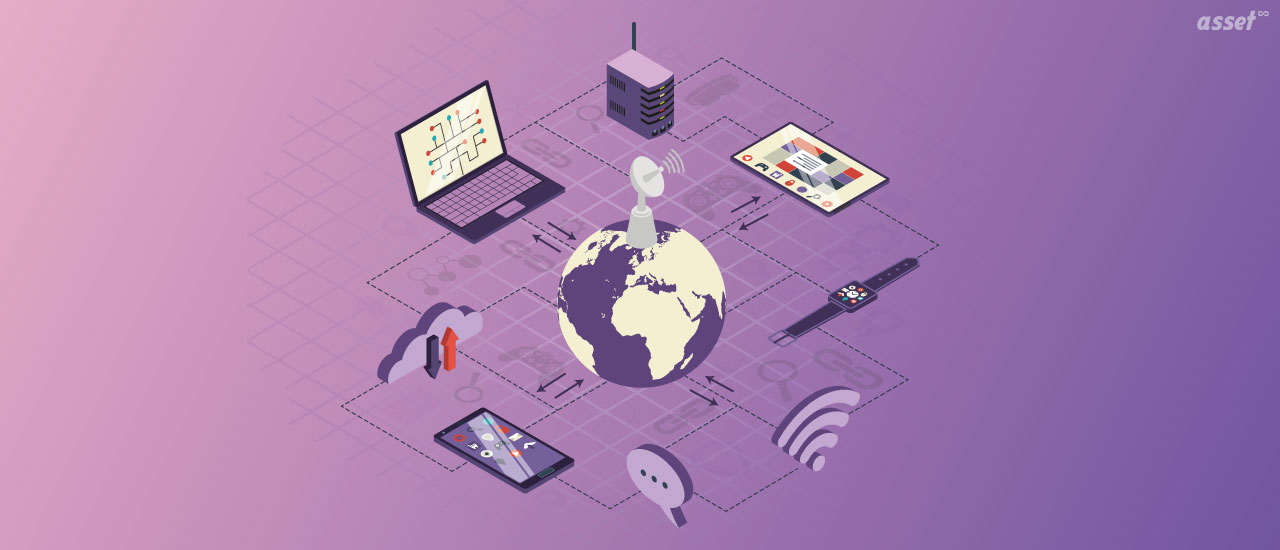The Internet of Things, sometimes known as IoT, is a network that connects ordinary things, environments, and operations to the internet. Businesses all over the world are using the Internet of Things to make everyday devices smarter and to automate and digitalize industrial processes. The introduction of IoT also aids in inventory management automation and the removal of time-consuming manual processes. The optimization of scheduled maintenance and daily chores, the avoidance of out of stock and overstock issues, and the enhancement of the sales cycle and customer experience are just a few of the benefits that IoT can provide. Using IoT asset management solutions can help you gain access to a variety of benefits, including:
- Asset tracking: Real-time visibility into the whereabouts of each item in your inventory or assets.
- Inventory management in real-time: Control the flow of assets in real-time and use the data to make strategic decisions, such as transferring in-demand inventory to new locations.
- Risk avoidance: Make sure you’re aware of potential hazards and can take the necessary precautions to avoid them.
- Data security: The Internet of Things improves the security of your data.
- Transparency in the supply chain: Improve operations by assuring effective resource utilisation and reducing waste.
Asset Management and the Internet of Things
In recent years, an increasing number of businesses have embraced automated asset management procedures and no longer rely on human counting using Excel spreadsheets or record management. However, with IoT, asset management can now be taken a step further, as it adds the element of making systems smart, in addition to being automated. You can, for example, know the exact position and state of each of your assets with IoT asset management solutions, and optimise safety tests, repairs and maintenance, as well as proactive regular checks. Asset navigation and inventory management are no longer lengthy and time-taking processes under the IoT asset management system, allowing a business to save money.
Also Read : Is IoT ready for service industry ?
If you’re debating whether or not digitalisation is the right path for your company, you should know that there’s no doubting the potential benefits of IoT asset management systems, which allow you to have an inventory that self-assesses and self-corrects. Your firm may optimise its resources, decrease potential hazards, and harness real-time information for a more successful sales cycle as well as better overall efficiency when IoT powers your asset management.
The Most Important Advantages of IoT in Asset Management
To summarise, implementing IoT in asset management provides the following advantages:
- Enhancement of operational effectiveness
- Productivity improvement
- More efficient resource utilisation
- More control over the sales process
- Safety and compliance checks have become more efficient.
- Maintenance and repair procedures that are fully automated
- Identifying growth prospects with greater efficiency
- A smart ecosystem with a high level of responsiveness
With the numerous benefits that using IoT in asset management provides, it’s no surprise that organisations in asset-intensive industries are incorporating IoT into their operations. Any inefficiency in inventory may be a very costly mistake, thus real-time visibility and asset tracking are features that the logistics, retail, equipment rental, and manufacturing industries would benefit greatly from.


